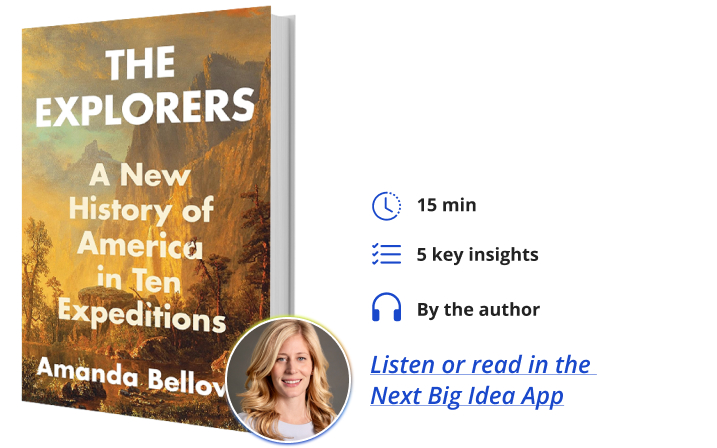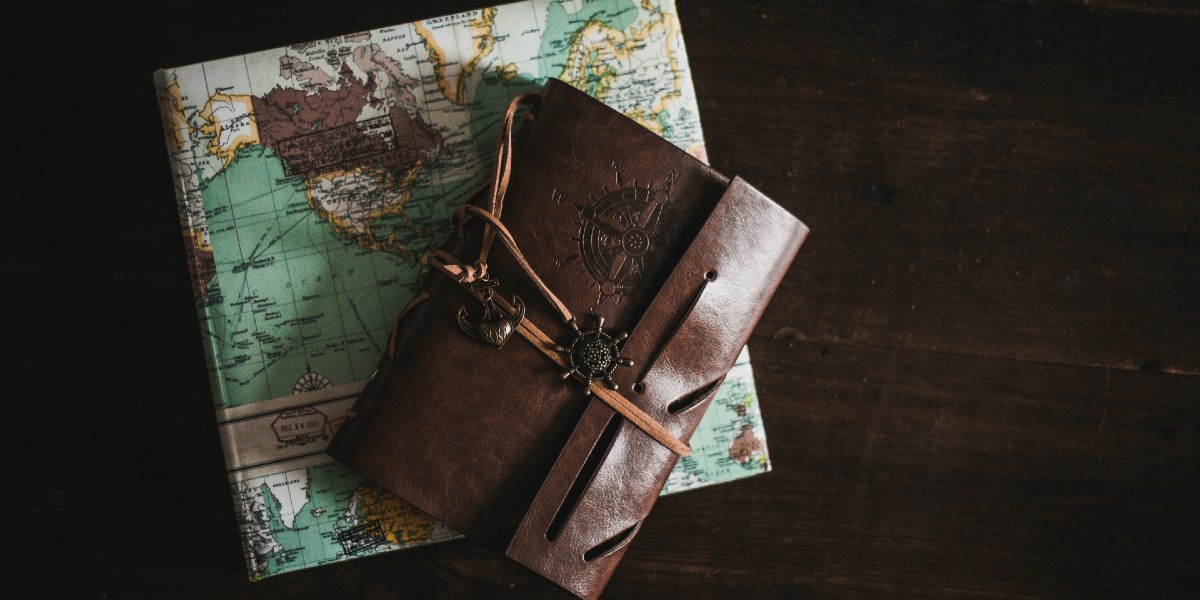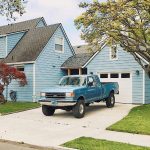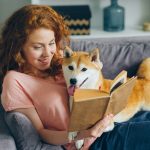Amanda Bellows is a historian of the United States and teaches undergraduates at the New School. She received her PhD from the University of North Carolina at Chapel Hill. Bellows served as a Project Historian for the New York Historical Society’s major exhibit, Black Citizenship in the Jim Crow Era, supported by a significant National Endowment for the Humanities grant, and has published writing in the New York Times, Washington Post, Wall Street Journal, and elsewhere. She is the author of American Slavery and Russian Serfdom in the Post-Emancipation Imagination.
Below, Amanda shares five key insights from her new book, The Explorers: A New History of America in Ten Expeditions. Listen to the audio version—read by Amanda herself—in the Next Big Idea App.

1. Taking big risks can bring big rewards.
Frontiers are places that few people have reached. When we think of frontiers, we think of uncharted lands or waters. But for American adventurers of the past, the sky and even outer space were important frontiers.
During the last two centuries, men and women took on great risks as they traveled to far-flung places. For example, Arctic explorers competed to be the first to reach the North Pole in the early 1900s. Matthew Henson, the son of Maryland sharecroppers, joined U.S. Navy Commander Robert Peary’s 1908 expedition. The men knew that the hazards of Arctic exploration were great. But they were prepared to face any obstacle in pursuit of their goal of finding the North Pole.
After wintering in Cape Sheridan, Canada, Henson and Peary set off on the final leg of their trek with four Inuit guides and teams of dogs. They faced bone-chilling temperatures, the threat of falling into the frigid Arctic Sea, and losing their way amid the rough terrain. But the men overcame these obstacles to stand at the top of the world, claiming victory for the United States in a race that drew international attention.
Their willingness to tolerate risk ultimately paid off.
2. Surround yourself with a great, diverse team.
Daniel Boone. Amelia Earhart. Davy Crockett. The names of some of America’s best-known explorers seem to stand in isolation. We envision them gazing out on remote landscapes or sitting alone in the cockpit of an airplane flying over the Atlantic Ocean in the dead of night. But none of these women and men reached new frontiers on their own.
Teamwork has ensured the success of a wide range of expeditions throughout American history. This insight is exemplified by one of the most famous expeditions of all: Meriwether Lewis’s and William Clark’s journey across North America in 1804. These two men would never have made it without the support of a team called the Corps of Discovery.
“Teamwork has ensured the success of a wide range of expeditions throughout American history.”
Forty-three men made up the initial group that set off from Missouri with Lewis and Clark to find a route to the Pacific Ocean. They were blacksmiths, sharpshooters, and boatmen. When the Corps of Discovery arrived in present-day North Dakota, Sacagawea, a Shoshone woman, and her husband, Toussaint Charbonneau, a French-Canadian trader, joined the expedition party. Sacagawea played a pivotal role in the Corps of Discovery, serving not only as an interpreter but also as a navigator and negotiator who helped secure horses during a critical part of their journey to the sea. The original and added members of the Corps of Discovery relied on one another’s unique skills throughout their two-year trek across the continent and back.
We are stronger and more effective when we work together.
3. New technology takes you farther, faster.
The invention of new forms of transportation made it possible for American explorers to reach different kinds of frontiers over the past two hundred years. Traveling by boat and on horseback, the Corps of Discovery went from Missouri to Oregon and back between 1804 and 1806. Sixty-three years later, the completion of the Transcontinental Railroad enabled Americans to go from the Midwest to California in just four days.
Sailing ships could cross the Atlantic Ocean in six weeks during the early 1800s, but by century’s end, steamships reduced transatlantic travel time to less than one week. Innovations in the field of aviation further accelerated the speed of travel. When pilot Amelia Earhart completed her solo flight across the Atlantic Ocean in 1932, it took her just fourteen hours to fly from Newfoundland to Northern Ireland. Rocket power helped American explorers shatter previous speed records. While the aviator Howard Hughes circumnavigated the globe in 1938 in three days, the astronaut Sally Ride circled the Earth sixteen times in one day aboard the Space Shuttle Challenger in 1983.
Innovation has touched and expanded human capacity for exploration. Today, great technology can help us achieve our goals faster and more efficiently.
4. Passion and persistence pay off.
American adventurers often had different objectives, but they shared a tremendous drive to accomplish their goals. John Muir and Florence Bailey were two explorers whose love of the natural world motivated them to protect the environment from destruction. They came of age during the second half of the nineteenth century, when industrialization transformed the United States from a predominantly agrarian nation into a manufacturing powerhouse. Activities like logging and mining destroyed formerly wild landscapes. Population growth led to denser settlement patterns and increased demand for consumer goods that negatively affected wildlife.
The naturalist and explorer John Muir was deeply troubled by the decimation of the environment, particularly in California, where he had fallen in love with the canyons and redwood trees of Yosemite Valley. He launched a campaign to convince the public and the federal government that it was a region worthy of preservation. Muir penned articles alerting American readers of the ecological crisis facing the Yosemite Valley. He also captured its beauty in photographs that his friend, Robert Underwood, presented to Congress. Muir’s and Underwood’s efforts worked. In 1890, Congress created Yosemite National Park to save the magnificent landscape.
“American adventurers often had different objectives, but they shared a tremendous drive to accomplish their goals.”
Florence Bailey shared Muir’s passion for the natural world. She harbored a special appreciation for birds, unlike most women of her day. Gilded Age fashion dictated the use of feathers in elaborate hats and gowns. Hunters slaughtered birds by the thousands, leading to the depletion of native bird populations. Bailey knew it was essential to curb demand among other women. At Smith College, she founded an Audubon Society. Like Muir, she penned articles for national publications about conserving birds. She explored the United States and wrote books about its diverse bird species. Finally, Bailey lent her support to a political campaign that resulted in Congress’s passage of the Lacey Act in 1900, which protected bird populations nationally.
Hard, focused work helped Muir and Bailey achieve their conservationist aims.
5. Read the signs that tell you when to change course.
The most successful American explorers were adaptable. They knew how to adjust to the changing conditions they would inevitably face on their journeys. James Beckwourth was an adventurer who excelled at maintaining a flexible approach in the face of challenges. Born into slavery in Virginia, Beckwourth found freedom as a mountain man out west. He took on jobs ranging from trapping and trading to delivering mail and mining for lead. One of his most exciting treks was during the California Gold Rush. Beckwourth headed to the American Valley in search of mineral riches. While there, he discovered not an abundance of gold but a pass through the Sierra Nevada.
Recognizing the significance of his finding, he gave up prospecting and directed his efforts into constructing a potentially lucrative road for future settlers. Upon the completion of Beckwourth’s Pass, countless people traveled on it during their journey to the Golden State. Although he was never adequately compensated for the construction of the road, Beckwourth ended up making a home for himself in what became known as Beckwourth Valley. He established a thriving inn and helped migrants acclimate to life on the California frontier.
James Beckwourth’s story ultimately teaches us that adaptability opens the door to new opportunities.
To listen to the audio version read by author Amanda Bellows, download the Next Big Idea App today:































